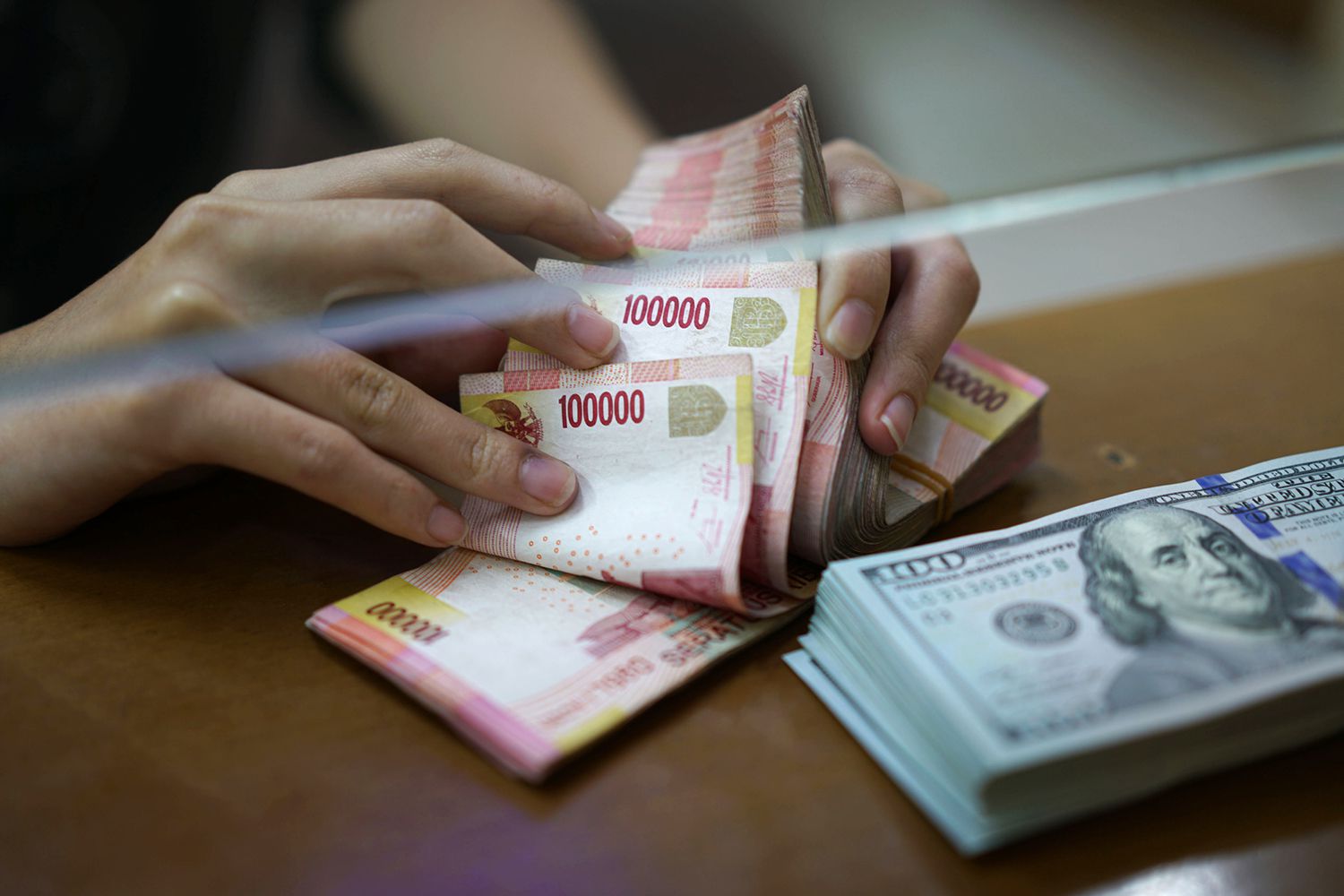
Currency exchange is a fundamental aspect of the global economy, facilitating international trade, travel, and investment. The foreign exchange market, or forex market, is where currencies are bought and sold, with exchange rates constantly fluctuating based on various factors. Understanding currency exchange is crucial for businesses, investors, and individuals engaging in cross-border transactions. In this comprehensive guide, we will delve into the dynamics of currency exchange, exploring its mechanisms, influencing factors, and the role it plays in the global financial landscape.
I. The Basics of Currency Exchange:
At its core, currency exchange involves the conversion of one currency into another at an agreed-upon rate. Exchange rates, the relative values of different currencies, are determined by the foreign exchange market. These rates fluctuate in response to supply and demand dynamics, geopolitical events, economic indicators, and market sentiment.
A. Exchange Rate Mechanisms:
- Floating Exchange Rates: In a floating exchange rate system, currency values are determined by market forces, allowing them to fluctuate freely based on supply and demand. Most major currencies, including the U.S. Dollar (USD), Euro (EUR), and Japanese Yen (JPY), operate under floating exchange rates.
- Fixed Exchange Rates: Some countries choose to peg their currency to another, typically a stable and widely used currency like the U.S. Dollar. Governments may intervene to maintain the fixed rate, adjusting their monetary policies to ensure stability.
B. Currency Pairs:
Currency exchange involves trading one currency for another, known as a currency pair. Each pair consists of a base currency and a quote currency. For example, in the EUR/USD pair, the Euro is the base currency, and the U.S. Dollar is the quote currency. The exchange rate indicates how much of the quote currency is needed to purchase one unit of the base currency.
II. Factors Influencing Exchange Rates:
A. Economic Indicators:
- Interest Rates: Central banks set interest rates, influencing borrowing costs and, consequently, currency values. Higher interest rates attract foreign capital, increasing demand for the currency.
- Inflation Rates: Countries with lower inflation rates generally experience appreciation in their currency value. Low inflation maintains purchasing power, making the currency more attractive to investors.
B. Geopolitical Events:
Political stability and geopolitical events can significantly impact exchange rates. Elections, trade tensions, and diplomatic developments may lead to currency fluctuations as investors reassess risks and opportunities.
C. Economic Performance:
A country’s economic indicators, such as GDP growth, employment rates, and trade balances, play a crucial role in shaping exchange rates. Strong economic performance tends to strengthen a currency, while economic downturns may lead to depreciation.
III. Participants in the Currency Exchange Market:
A. Commercial Banks:
Commercial banks are major players in the currency exchange market, facilitating transactions for businesses and individuals. They provide services like wire transfers, currency exchange, and hedging products.
B. Central Banks:
Central banks play a pivotal role in currency markets by implementing monetary policies that influence interest rates and money supply. Some central banks actively intervene in the forex market to stabilize or manipulate their currency values.
C. Corporations and Businesses:
Multinational corporations engaging in international trade often require currency exchange services to manage currency risks and facilitate cross-border transactions.
D. Retail Traders and Investors:
Advancements in technology have enabled retail traders and investors to participate in currency exchange through online trading platforms. This democratization has increased market liquidity but also introduced higher volatility.
IV. Currency Exchange Strategies:
A. Hedging:
Businesses and investors use hedging strategies to mitigate currency risk. This involves entering financial contracts, such as forward contracts or options, to protect against adverse exchange rate movements.
B. Carry Trading:
Carry trading involves borrowing in a low-interest-rate currency to invest in a higher-yielding currency. Traders aim to profit from the interest rate differentials, but it comes with risks, including exchange rate fluctuations.
C. Speculation:
Currency speculation involves betting on future exchange rate movements to profit from market fluctuations. While potentially lucrative, speculation carries significant risks and requires a deep understanding of market dynamics.
V. Risks and Challenges:
A. Exchange Rate Volatility:
Currency exchange rates can be highly volatile, influenced by various unpredictable factors. This volatility poses risks for businesses and investors, requiring effective risk management strategies.
B. Liquidity Risk:
In times of market stress or low liquidity, executing large currency transactions can be challenging, leading to slippage and unexpected costs.
C. Regulatory and Compliance Risks:
Currency exchange transactions are subject to regulatory frameworks, and compliance with international laws and regulations is crucial to avoid legal complications.
VI. Technological Advancements and the Future of Currency Exchange:
A. Digital Currencies:
The rise of digital currencies, including cryptocurrencies like Bitcoin and central bank digital currencies (CBDCs), introduces new dynamics to the currency exchange landscape. These technologies offer faster transactions and increased accessibility but also pose regulatory challenges.
B. Blockchain Technology:
Blockchain technology, which underlies many cryptocurrencies, has the potential to streamline currency exchange processes, enhance security, and reduce transaction costs. Its adoption in the financial industry is expected to grow in the coming years.
Conclusion:
Currency exchange is a complex and dynamic field that plays a pivotal role in the global economy. Understanding its mechanisms, factors influencing exchange rates, and risk management strategies is essential for businesses, investors, and individuals navigating the intricacies of international finance. As technological advancements continue to shape the financial landscape, staying informed about the latest developments in currency exchange is crucial for making informed decisions in an ever-changing market.






